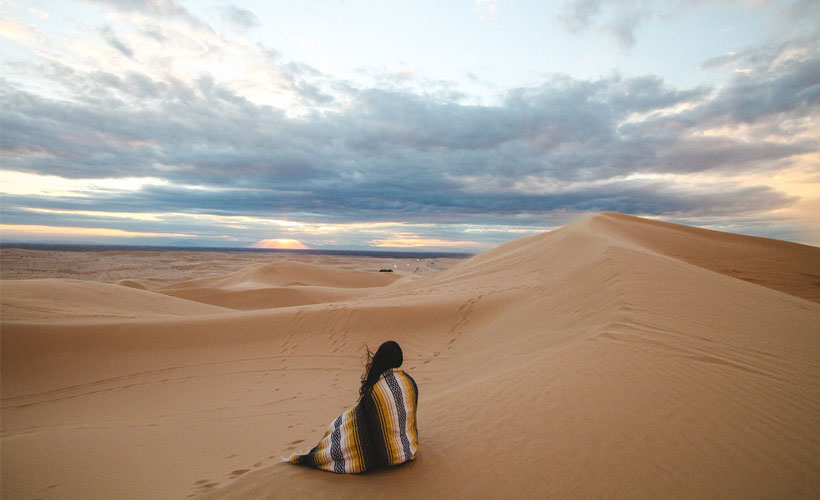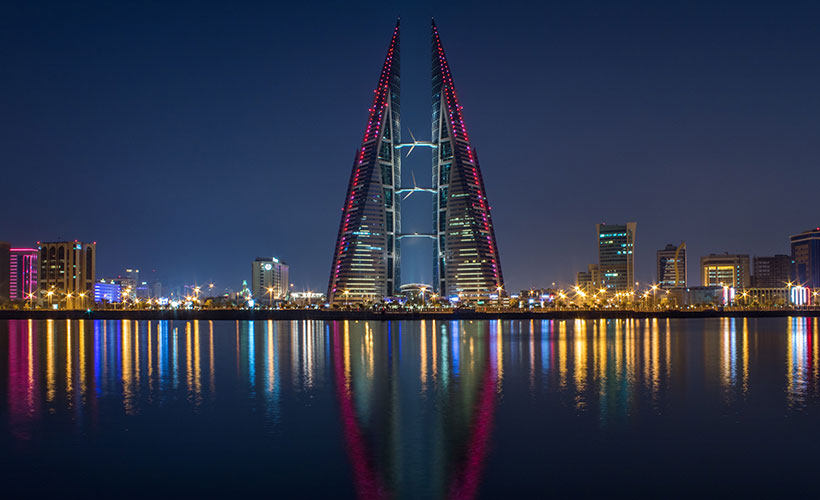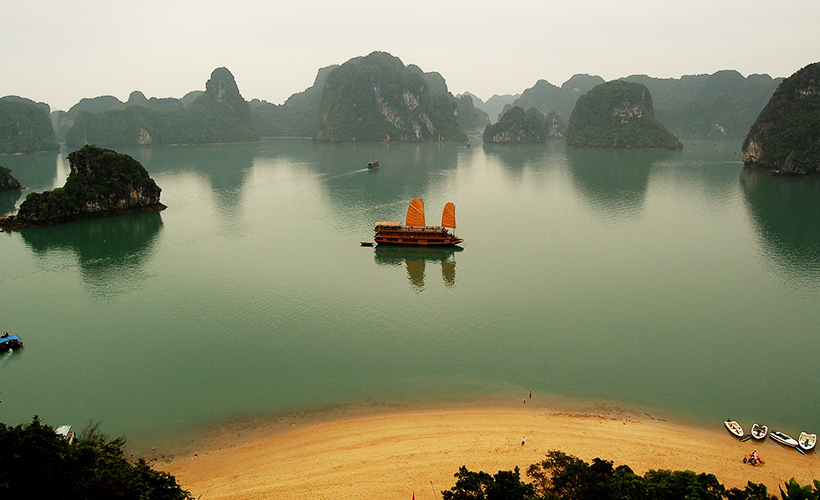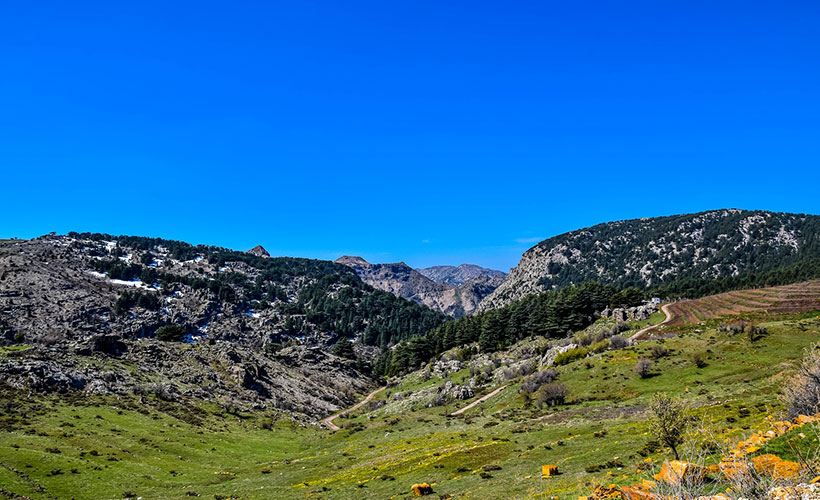
At the heart of the Lebanese mountains lays the Qadisha Valley. Not only is it home to one of the largest Christian monastery settlements in the world, but it is also where the Forest of the Cedars of God (Horsh Arz el-Rab) is found. This forest is one of the last antique forests of cedrus lebani trees — one of the most valuable construction materials of the antique world. Some of the trees in this forest are said to be centuries old.
The Qadisha Valley is also where the Maronites, the largest Christian community in Lebanon, originated. ‘Qadisha’ has a Semitic root and means ‘holy’. This is a fitting name for a valley littered with sanctuaries and places of devotion, where individuals dedicated themselves to the worship of God. Churches and monasteries pepper the valley, all carved out of the cliffs from as far back as the 4th century.
Both the religious sites and the forest inspire deep contemplation of the soul. Here are a few highlights not to be missed while in the Qadisha Valley.
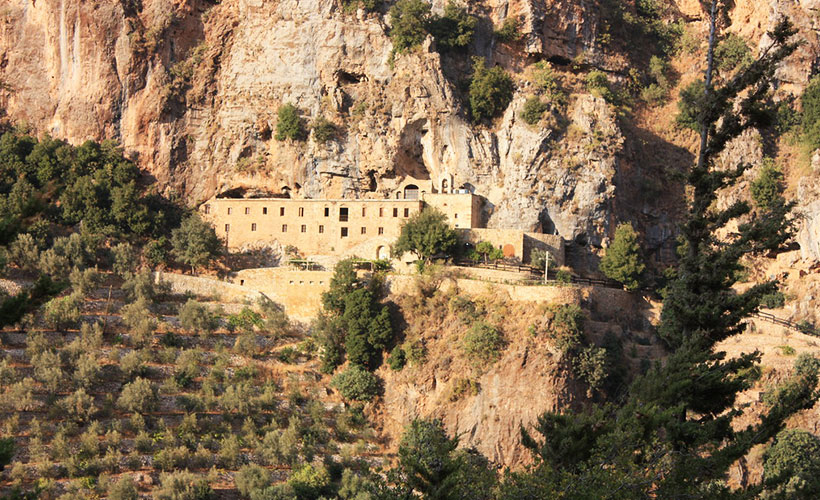
The Mar Lichaa Monastery
Also known as the Monastery of Mar Elisha, this was the residence of the Maronite solitary order and the Barefoot Carmelite order in the 14th century. In the 17th century, the hermit François de Chasteuil took residence here and lived alone for the rest of his life. More recently, the famous Lebanese monk, Antonios Tarabay, lived in the monastery as a hermit. He passed away in 1998 and is currently in the process of beatification by the Catholic church. The monastery is perched on a 300-metre high cliff with four small cells, a refectory, and offices. There is also a communal church with four chapels all cut into the rock-face.
The Monastery of Saint Anthony Qozhaya
Called the Deir Mar Antonios Qaozhaya, this monastery is surrounded by lush forests. It dates back to the 5th century and was the site of the Middle East’s first printing press which was imported in 1585. The monastery is set in a natural cave with a series of rose-coloured stone arcades resting on bases of the same hue. It has a Moorish door and triple bell. The cave of Saint Anthony is also known as the ‘cave of the mad’. It was used to house people believed to be possessed and demented, sent here to be healed by the saint. Today, visitors can still see the chains that held these individuals. Today the cave is inhabited by a hermit priest, upholding the monastic tradition of mortification, prayer, and complete devotion to God.
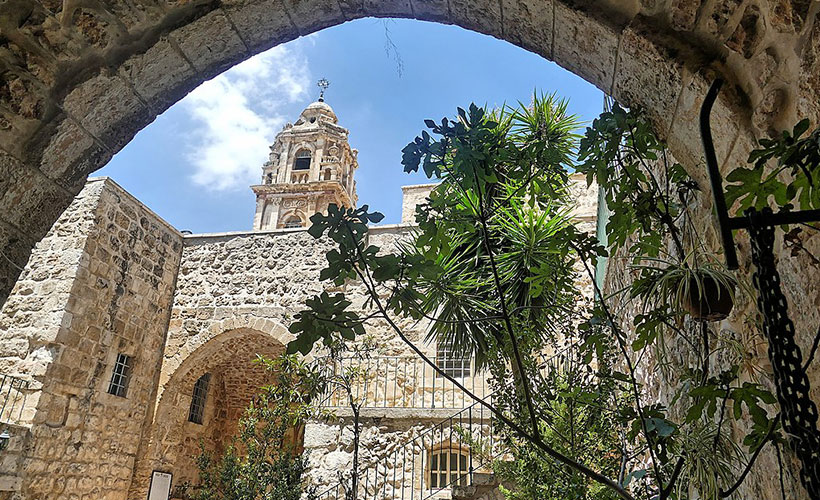
The Monastery of the Cross
This monastery was built in the 10th century and is, unfortunately, poorly preserved. It hosts a 1,000-year-old painting of Jesus on the cross along with a number of Greek, Syriac, and Arabic-inscribed paintings and passages from the 12th century. The Monastery of the Cross was badly vandalised during the Lebanese Civil war, and part of the building collapsed due to weather conditions.
The Chapel of Our Lady of Hawqa
Alternatively known as The Chapel of Saydet Hawqa, this structure is estimated to have been built in the 13th century. It has a chapel and monks’ cells in a shallow cave. The chapel is deserted for most of the year but becomes a pilgrimage site during the feast of the Assumption of the Virgin on the evening of the 14th of August each year. The cave was used in the Palaeolithic, Roman, and Medieval times — as indicated by the presence of artefacts from these eras.
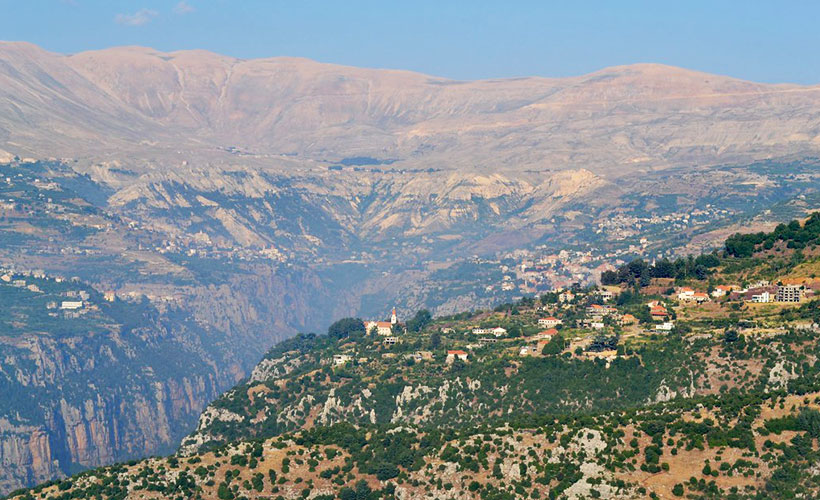
The Monastery of our Lady of Qannoubin
Or Deir Saydet Qannoubin, this monument is overlooked by the towns of Blawza and Diman. The monastery was used as the residence of the Maronite patriarchs between the 15th and 19th centuries. The church is built into the rock and inspires feelings of simplicity and seriousness. Paintings from the last two centuries can be seen here. 19 Maronite patriarchs are entombed in the chapel of Saint Marina. Saint Marina was falsely accused and spent a long time in penitence here. She was consecrated as the spiritual godmother of the valley later on.

